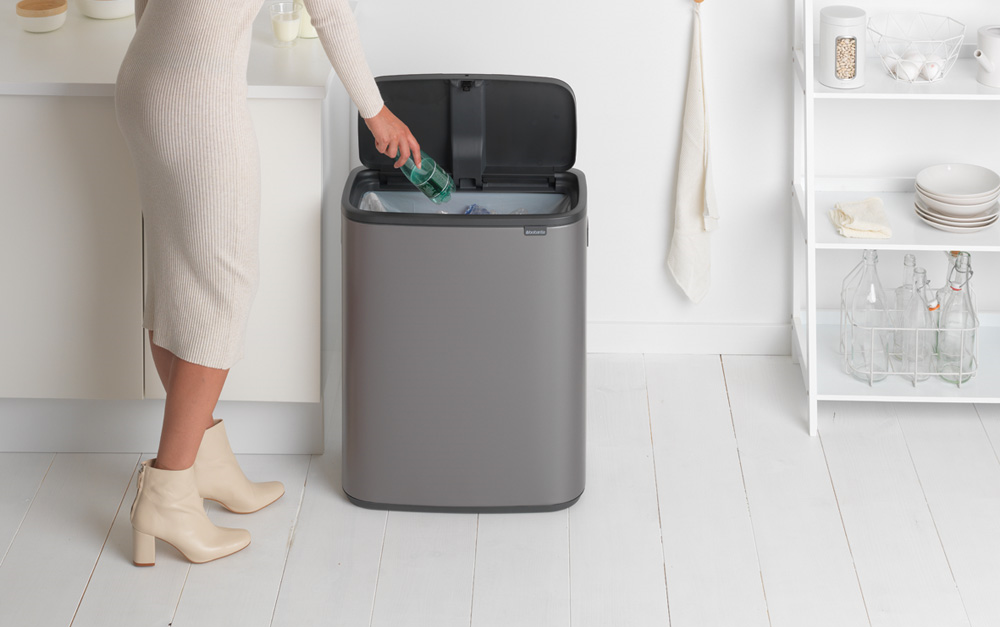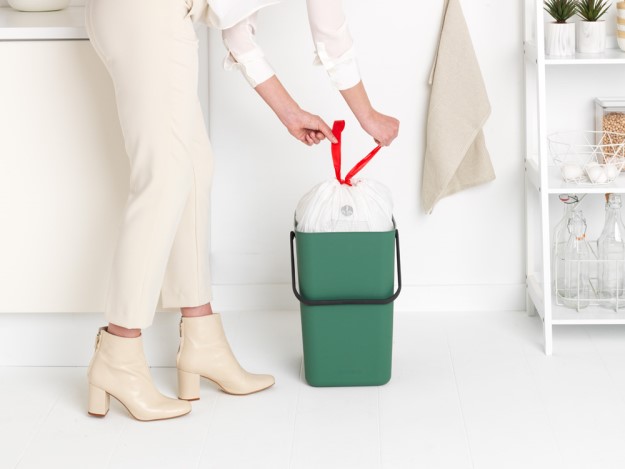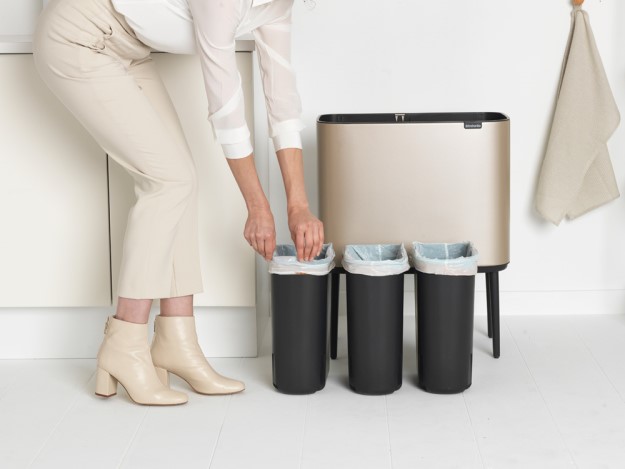

Not all waste can be separated. We usually collect this waste in the rubbish bin in the kitchen, and then it is usually moved into a rubbish bag and placed in the grey dustbin. It is better for the environment and cheaper to limit residual waste. That is why it is good to know what is and what isn’t included in residual waste.
What is residual waste?
Residual waste is the waste that is left once the recyclable waste has been separated (waste paper, plastic packaging, metal packaging, drinks packaging, biodegradable waste, glass and textiles). Even if you are good at separating waste, you will still have some residual waste left over. People usually throw residual waste in the rubbish bin.
Examples of residual waste:
V Nappies
V Tights
V Crisp bags
V Full vacuum cleaner bags
V Dirty paper towels
V Cat litter
V Birdcage sand
V Sanitary towels
V Cotton buds and tissues
V Aluminium foil
V Polystyrene containers
V Razor blades
V Charcoal, matches and ashes
This does not belong in residual waste:
X Biodegradable waste
X Plastic, metal and drink cartons
X Glass
X Waste paper
X Construction waste
X Bulky waste
X Small chemical waste




What happens to residual waste?
Residual waste is burned, which in turn produces electricity and heat. When the waste is burned, the metal is extracted from the ashes with magnets and eddy currents.












